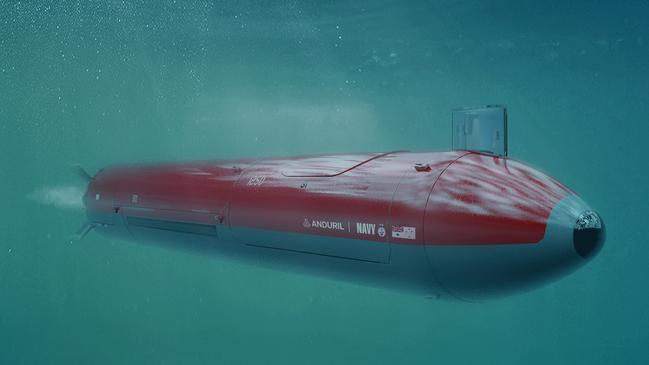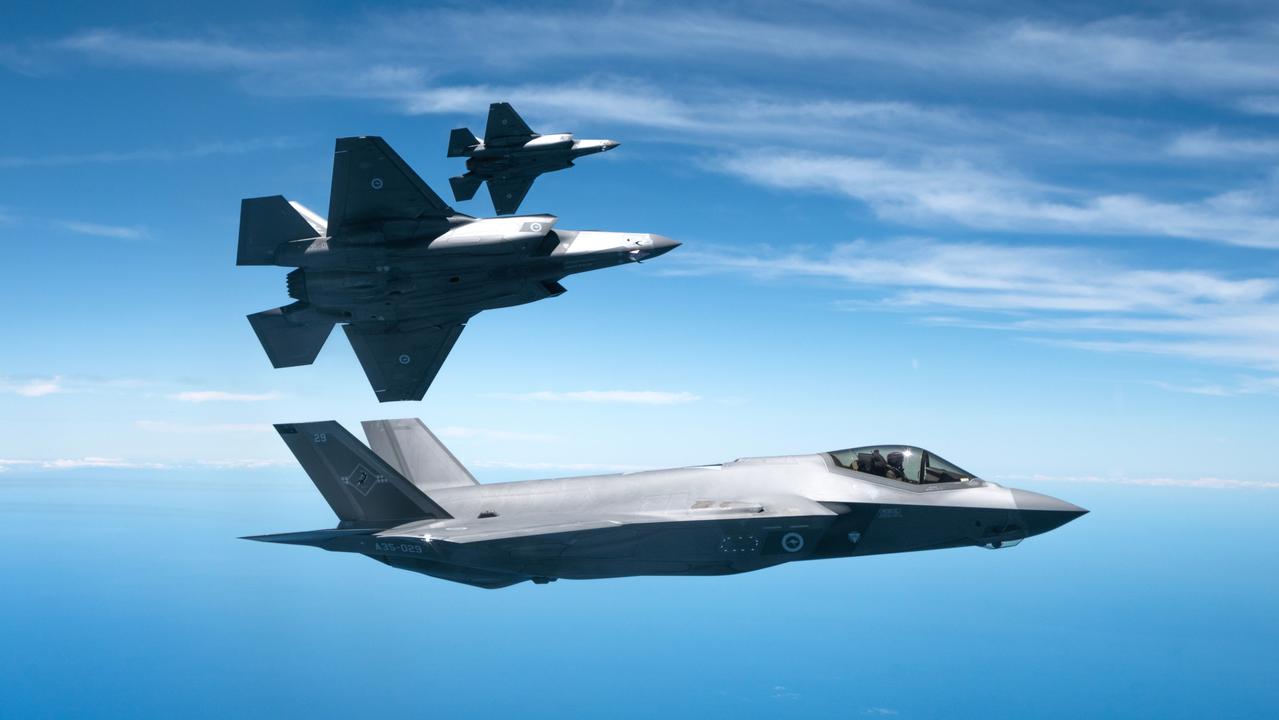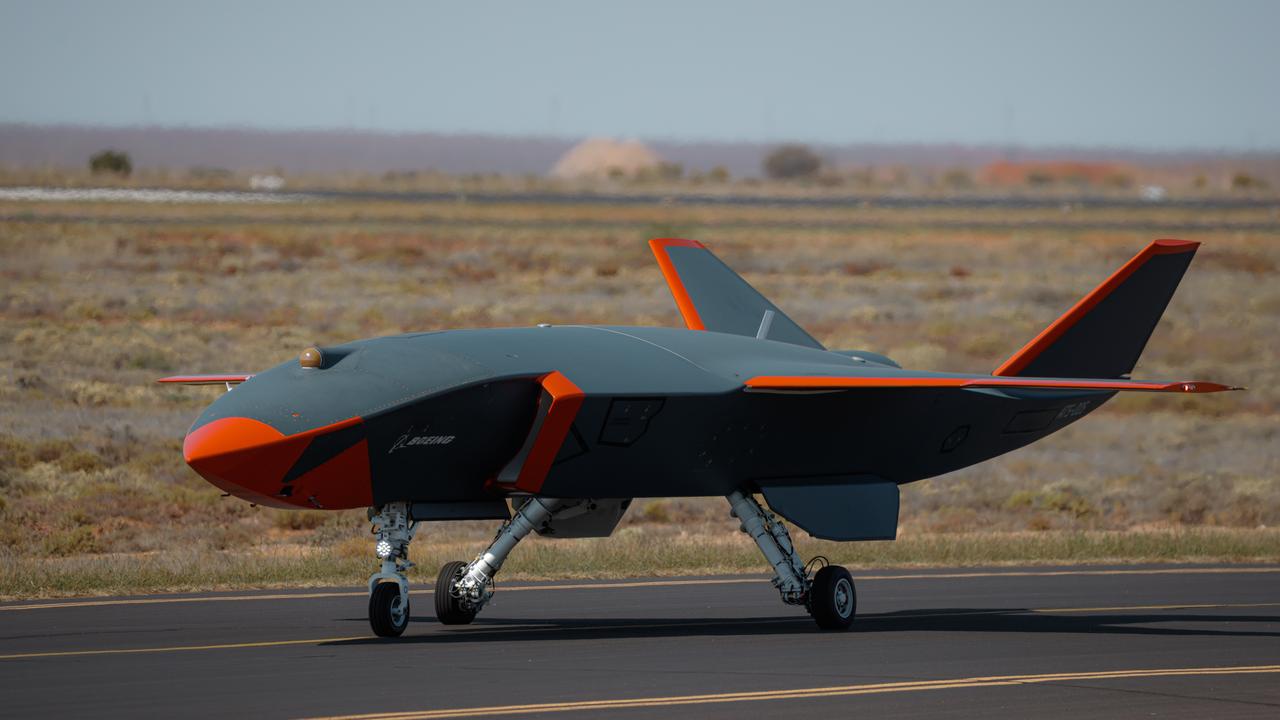Anduril looking to overturn tradition
US company Anduril, which is better known for developing the Ghost Shark autonomous submarine for the Navy, is one of four companies that will respond to Defence’s request for establishing a rocket motor manufacturing complex in Australia.

The competition to manufacture solid rocket motors (SRMs) for Australia’s future long-range strike and anti-ship weapons is heating up. US company Anduril, which is better known for developing the Ghost Shark autonomous submarine for the Navy, is one of at least four companies that will respond to Defence’s request for information (RFI) on establishing a rocket motor manufacturing complex in Australia.
The RFI closes in early December and Thales Australia, Northrop Grumman Australia and L3Harris are also known to have shown interest.
Defence’s Guided Weapons and Explosive Ordnance (GWEO) enterprise aims to deliver a sovereign SRM capability to support the Australian Defence Force’s (ADF) acquisition of long-range strike and anti-ship missiles.
Anduril Rocket Motor Systems already makes SRMs for most of the missiles the ADF might acquire. Last year it signed an exclusive agreement with American company FlackTek to mix and process rocket motor propellant faster and with greater quality control, according to David Goodrich, chief executive of Anduril Australia. The new process is being incorporated in a $US75m ($112m) manufacturing plant in Mississippi.
“Anduril solid rocket motors will be significantly cheaper, safer and faster to produce when compared to solid rocket motors produced using the traditional methods of existing providers,” Goodrich says.
He also points out that the difference lies in modern mixing and production, rather than using traditional batch-production processes. The new process is more efficient, he says, and enabled better data gathering – which is essential for safe rocket motor production.
Australia has an opportunity to build a greenfield manufacturing site using this new technology, rather than transplanting older technology and processes, according to Goodrich. Anduril has engaged with DSTG’s Advanced Rocket Motor Technology Demonstrator program, which is designed to upskill Australian suppliers to GWEO’s SRM program.
The company’s SRM business unusually doesn’t use the Lattice Operating System which lies behind most of Anduril’s autonomous products and is key to its rapid growth.
“We’re a software-first, hardware-enabled defence technology company,” Goodrich says.
“Our capability-as-a-service model is really designed to ensure that the customer always has the very best software … available because the velocity of rapid changes in threats is increasing.”.
Threats are evolving on a daily, weekly or monthly basis. “We have to be able to meet those threats and the only way to do that is if you are software first.”
Software-controlled equipment can be updated in days rather than months or years. Ukraine is producing more than one million drones each year using mainly off-the-shelf technology, and Goodrich says the company’s success there is “because we’re understanding those threats and making changes and implementing them in real time”. He cites the example of Anduril’s Counter-UAS (Uncrewed Aerial Systems) capability which is also being rolled out at RAAF Base Darwin for a multi-year trial.
“Many of those capabilities are now in their fourth or fifth iteration in the space of four or five years,” he says.
At present, the West is using more missiles than it is producing. It needs an order of magnitude more weapons, and they need to be more producible, more intelligent, more upgradeable and more flexible, according to Goodrich.
“Producing in the volume we have to produce, we have to think differently about it,” he says.
The company’s new Barracuda family of autonomous strike and anti-ship weapons, he says, takes 50 per cent less time to produce, requires 95 per cent fewer tools and half the parts of other available weapons and cost 30 per cent less to acquire than current weapons: “The cost of those weapons needs to be low and to do that you need to think differently about how you do it,” Goodrich says.
Speed to capability is essential, says Goodrich, citing the RAN’s Ghost Shark program. Anduril Australia was contracted in 2022 to build three production-ready prototypes in three years: it is already 12 months ahead of schedule, on budget and spent its own money building a fourth prototype that is now in the US accelerating the system’s test program.
Ghost Shark is now moving from the very rapid prototype phase into at-scale production. It’s the first Advanced Strategic Capabilities Accelerator (ASCA) program to do so but could be delayed by traditionalists in Defence’s acquisition and project funding world.
Significant delays would lead to a “valley of death” between an innovation and a firm program, warns Goodrich.
“Then what happens is the human capability disperses, the team disperses because you can’t keep a team together if they’re not doing anything, companies like Anduril won’t invest and we will not have cutting-edge capability in the hands of the warfighter.”


